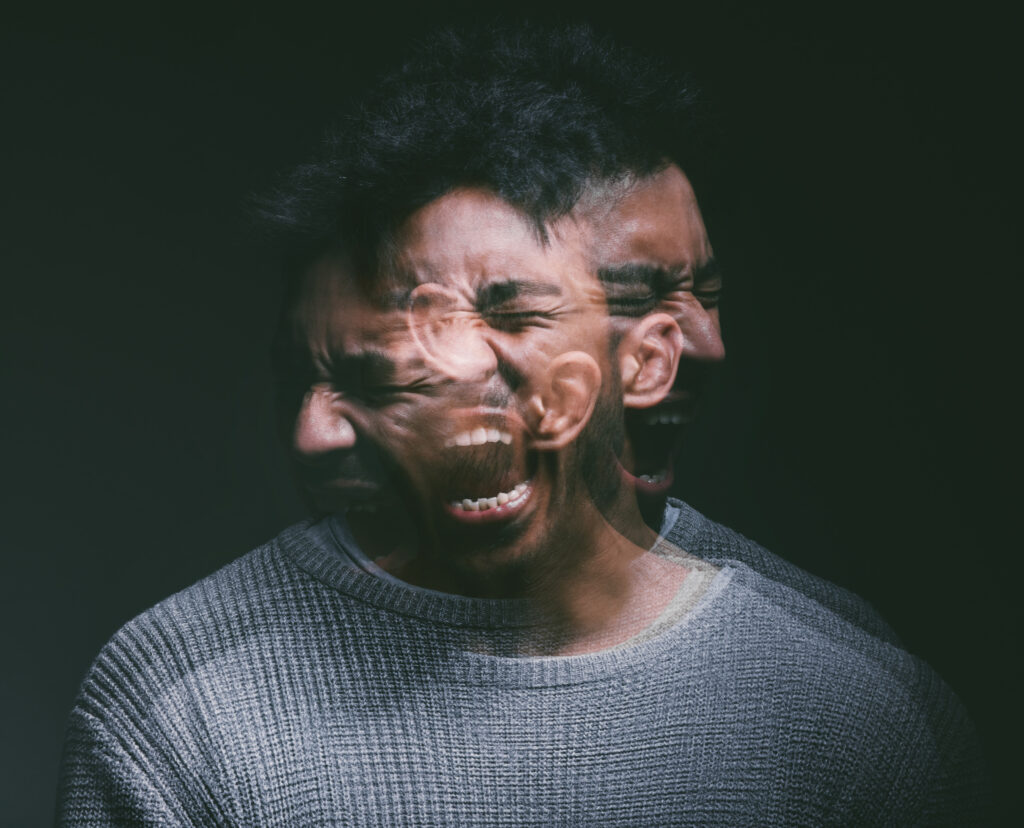Living with panic attacks can leave you feeling overwhelmed and alone, but you don’t have to navigate this journey by yourself. We are here to lend you a comforting hand and offer some clarity as you seek to understand what you’re experiencing.
Panic disorder is more common than many realize, and recognizing the signs is the first step toward getting the help and support you deserve. This article aims to provide insight into the common signs of panic disorder and offer guidance to those wondering, “how do I know if I have panic disorder?”
Understanding Panic Disorder
Panic disorder is characterized by recurrent and unexpected panic attacks. These panic attacks involve sudden and intense feelings of fear or discomfort that peak within minutes. For those experiencing it, the feelings can be so overwhelming that they disrupt daily life.
Common Signs of Panic Disorder
Understanding the common signs of panic disorder can help you recognize if what you’re experiencing might be more than typical stress or anxiety. Here are some common signs and symptoms:
- Frequent, Unexpected Panic Attacks
- Perhaps the most telling sign of panic disorder is the occurrence of frequent and unexpected panic attacks. These attacks often come without warning and are not necessarily tied to specific triggers.
- Persistent Fear of Having More Attacks
- It’s common for individuals with panic disorder to live in constant fear of having another attack. This fear can be debilitating and may cause individuals to avoid certain situations or places where they’ve previously experienced an attack.
- Physical Symptoms During Attacks
- Panic attacks are often accompanied by intense physical symptoms such as:
- Rapid heart rate
- Sweating
- Trembling or shaking
- Shortness of breath
- Feelings of choking
- Chest pain
- Nausea or abdominal discomfort
- Dizziness or lightheadedness
These symptoms can be so severe that many people feel like they are having a heart attack or losing control.
- Panic attacks are often accompanied by intense physical symptoms such as:
- Mental and Emotional Symptoms During Attacks
- In addition to the physical symptoms, individuals may also experience overwhelming feelings of dread, fear of dying, a sense of unreality (derealization), or feeling detached from oneself (depersonalization).
- Changes in Behavior Due to Attacks
- The fear of future panic attacks often leads to significant changes in behavior. People may begin to avoid activities, locations, or situations where they believe they might have a panic attack. This avoidance can lead to agoraphobia, which is a condition where individuals are afraid to leave their homes or be in situations where escape might be difficult.
How to Know If I Have Panic Disorder
Determining whether you have panic disorder involves understanding your symptoms and how they affect your life. If you’re wondering, “how do I know if I have panic disorder?” consider the following questions:
- Do I experience frequent and unexpected panic attacks?
- Am I constantly worried about having another panic attack?
- Do I avoid certain situations out of fear of experiencing a panic attack?
- Do panic attacks cause significant distress or disrupt my daily life?
If the answer to these questions is yes, it may be worth reaching out to a mental health professional for a full evaluation. They can help you understand your symptoms and discuss if panic disorder is the right diagnosis for you.
Coping with Panic Disorder
While living with panic disorder can be challenging, it’s important to remember that effective treatments are available. Here are a few coping strategies that may help:
- Education and Awareness
- Learning about panic disorder can be empowering. Understanding what happens during a panic attack can help you feel more in control and reduce the fear associated with the experience.
- Breathing Exercises
- Practicing deep, controlled breathing during an attack can help alleviate symptoms. Breathing exercises can calm your body’s stress response and help you regain a sense of control.
- Mindfulness and Relaxation Practices
- Techniques such as mindfulness meditation, yoga, and progressive muscle relaxation can reduce overall anxiety and help manage symptoms of panic disorder.
- Professional Support
- Therapy, particularly cognitive-behavioral therapy (CBT), is highly effective in treating panic disorder. A therapist can help you understand the thoughts and feelings contributing to your panic attacks and teach you coping strategies.
- Medication
- In some cases, medication may be helpful in managing panic disorder symptoms. A mental health professional can discuss the potential benefits and side effects of medication with you.
Reaching Out for Help
If you find yourself struggling with panic disorder symptoms, it’s okay to ask for help. You don’t have to face this alone. Mass Mental Health’s mental health programs for depression in Massachusetts are here to support you. Our compassionate team of professionals is dedicated to helping you navigate this journey with expertise and care.
Take the first step towards a more peaceful and fulfilling life. Reach out to us today and discover the support and understanding you deserve.
Begin Your Path To Healing Today
Recognizing the common signs of panic disorder is crucial in taking the first steps towards seeking help and feeling better. Whether you’re experiencing frequent panic attacks, living in fear of having another attack, or noticing significant changes in your behavior, know that understanding and support are within reach.
By addressing your symptoms with the right combination of therapy, coping strategies, and professional help, you can regain control of your life. Remember, you are not alone in this journey.
If you’re in Massachusetts and need support, we encourage you to contact Mass Mental Health’s mental health programs for depression. Together, we can find a path to recovery and peace. Reach out today and take the first step towards a brighter tomorrow.










